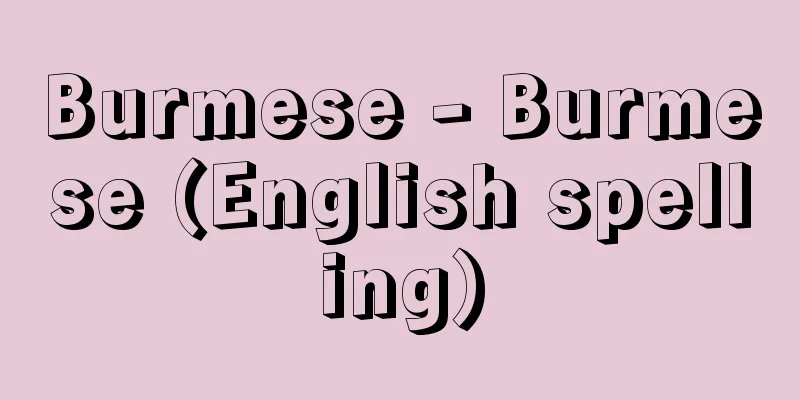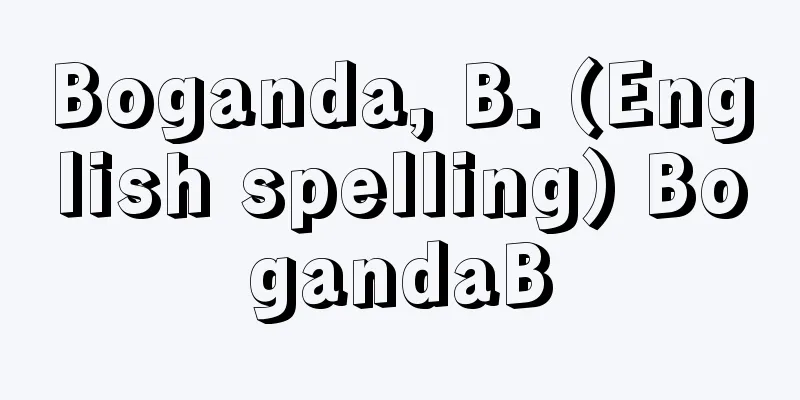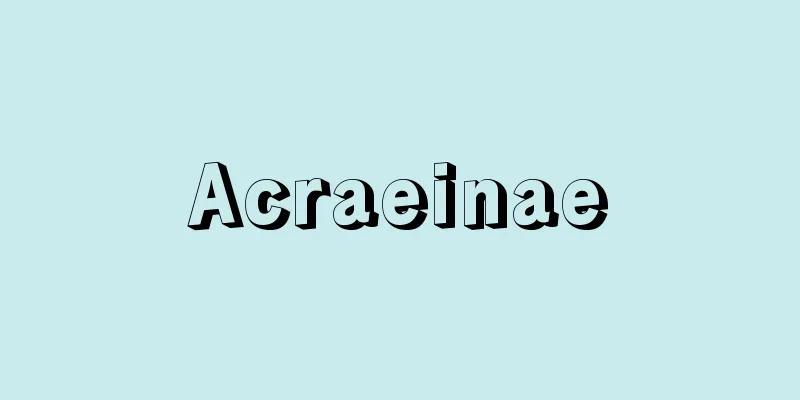Cominform - Cominform (English spelling)

|
Abbreviation for the Communist Information Bureau. Amid the formation of the East and West camps and the growing tensions between them after World War II, the Communist and Workers' Parties of nine European countries, mainly the Soviet Union, were established as an international organization with the primary purpose of exchanging information and experiences. Its establishment was officially announced in October 1947, but the first general meeting had already been held in September, with two representatives from each party (parties from the Soviet Union, Yugoslavia, Bulgaria, Romania, Hungary, Poland, Czechoslovakia, and the capitalist communist parties of France and Italy also participated). At this meeting, it was decided that the Cominform headquarters would be located in Belgrade, Yugoslavia (later Bucharest, Romania), and that the organization's newspaper, For Permanent Peace and People's Democracy, would be published every two weeks (later weekly). Cominform was to coordinate its activities only when necessary and based on mutual agreement, and while it recognized the Soviet Union's leadership to a certain extent, it was denied the right to become a leading organization like Comintern. However, after Yugoslavia was expelled in 1948, Stalin strengthened its control on the grounds of "eliminating revisionism" and "unifying the Eastern Bloc." Thus, the diversity of paths to socialism that had seemed to be accepted for a time after the war was once again denied and unified. However, after Stalin's death in 1953, with the arrival of Khrushchev, a reassessment of the Stalinist regime began, and the Soviet Union began to outwardly acknowledge the diversity of countries' paths to socialism. Khrushchev's visit to Yugoslavia in 1955 was one of the events symbolizing this, during which the Cominform resolution to expel Yugoslavia was rejected. Thus, with the progress of de-Stalinization in the Soviet Union, Cominform was dissolved in 1956. However, the role that this organization played in opposing America's imperialistic reorganization of the post-war world cannot be overlooked. [Isao Koshimura] Source: Shogakukan Encyclopedia Nipponica About Encyclopedia Nipponica Information | Legend |
|
共産党および労働者党情報局Communist Information Bureauの略称。第二次世界大戦後東西両陣営の形成とその間の緊張化が進むなかで、ソ連を中心とするヨーロッパ9か国の共産党および労働者党が相互に情報や経験を交換することを本来の目的として設置された国際機関。その設置は1947年10月に公式に発表されるが、すでに9月には各党(ソ連をはじめ、ユーゴスラビア、ブルガリア、ルーマニア、ハンガリー、ポーランド、チェコスロバキアの各党、さらにフランス、イタリア両資本主義国の共産党もこれに参加した)の2名ずつの代表らによる第1回総会が開かれている。この会議では、ユーゴスラビアのベオグラード(のちルーマニアのブカレスト)にコミンフォルムの本部を置くことや、機関紙『恒久平和と人民民主主義のために』を隔週(のち毎週)発行することなどが決定された。 コミンフォルムは、必要な場合に相互の合意に基づいてのみ活動の調整を行うものとされ、ソ連の指導性はある程度認めながらも、コミンテルンのような指導機関となることは否認されていた。しかし1948年のユーゴスラビアの除名を契機に、「修正主義の一掃」や「東側陣営の結束」を理由とした統制がスターリンによって強化される。こうして、戦後一時期認められたかのように思われた社会主義への道の多様性はふたたび否定され一元化された。 しかし1953年スターリンの死後、フルシチョフの登場などからスターリン体制の見直しが始まり、対外的にも各国の社会主義への道の多様性をソ連は表面上認めるようになる。55年フルシチョフのユーゴスラビア訪問はそれを象徴する事件の一つであった。このとき、ユーゴスラビアの除名に関するコミンフォルムの決議は否認された。こうして、ソ連における非スターリン化の進展に伴い、56年コミンフォルムは解散された。しかしこの組織が、アメリカによる戦後世界の帝国主義的再編に対抗するうえで果たした役割は見逃せない。 [越村 勲] 出典 小学館 日本大百科全書(ニッポニカ)日本大百科全書(ニッポニカ)について 情報 | 凡例 |
Recommend
Renantanda
... Interspecific hybridization is also popular, ...
Stochastic radiation damage
...The occurrence of leukemia and various cancers...
Truce Monitoring Agency - Truce Monitoring Agency
…There are even cases where a ceasefire has broug...
Onoe Matsunosuke
Year of death: September 11, 1926 Year of birth: S...
Inverse function
Also called an inverse mapping. When a function f ...
Expressionism (English spelling) Expressionismus German
Artistic school or trend. A movement or tendency ...
Analog Instrument - Analog Instrument
Quantities that are continuous and can take on any...
Molasses sugar - ganmitsutou
It is made by adding alkali to the juice of sugarc...
Dress - Mogi
〘Noun〙 A ceremony in which aristocratic girls wear...
Itoinunohige - Itoinunohige
…All Japanese species have a similar appearance, ...
Dorome (Doro-me) - Gluttonous goby
A fish of the family Goby in the order Perciformes...
Togashi-shi
Also called "Togase." A Kaga shugo fami...
Snowplow - Snowplow
Snow removal vehicles. This article describes rai...
Carborane
...Some of the BH in the borane structure can be ...
Emperor Yuan
276‐322 First emperor of the Eastern Jin dynasty i...









